“I first met Thoreau in my junior high English composition and American literature classes. Most of my peers didn’t take to Emerson, Thoreau, and Whitman, but I did. Even if removed from my own life by more than a century, there was this hint of kindred spiritedness, across time and race and place, that appealed to me.”
From the Spring 2023 issue of Living Bird magazine. Subscribe now.
Identity is at the center of almost everything these days. For a birder, it’s de rigueur. Profession and passion drive my avi-centric life, and I’m an odd mix from the expected: a professor-poet-ornithologist, who happens to be Black. This means I live at the intersection of words, birds, and an identity that’s created issues for America for a few centuries. Enslavement, a civil war, Jim Crow, mass incarceration, and police brutality to name a few. I use writing as a lever and wild birds (wild nature) as a fulcrum to get at the heart of a national conservation ethos that’s largely overlooked the connections between “saving” nature and considering civil rights. Yes, an odd mix but necessary in my thinking.
Like many, I often seek support from mentors and exemplars, folks past and present who I can turn to, to bolster the work I do. By words written and action taken, they are tailwinds pushing and warm air giving lift to my mission of “coloring the conservation conversation.” Without too much thought there are a few people I count on for guidance. Most are dead. It’s a mix of my father, James H. Lanham; Martin Luther King; Rachel Carson; James Baldwin; Aldo Leopold; Maya Angelou; Walt Whitman; Barack Obama; my grandmother, Mamatha; Frederick Douglass; Langston Hughes; and, Henry David Thoreau.
Each of these people has some measure of something critical to my nature, that I nurture inside. Daddy’s work ethic. MLK’s peaceful persistence. Rachel’s courage. Baldwin’s temerity. Barack’s intellectual poise. Leopold’s lyrical moral evolution. Maya’s resonant tenor. Whitman’s sensual wanderlust. Frederick’s obstinate vision. Langston’s dedication to the Black American story. And Thoreau’s commitment to wildness and justice. I’m sure there are others worthy of mention, but if pressed, these are the human beings who hold the traits I’d like somehow to absorb. The last person on my list of enviables, Henry David Thoreau, somehow found a way to worship wildness and to see the conditions of injustice as not mutually exclusive, but rather linked as moral imperatives.
I first met Thoreau like most junior high kids in the mid-1970s and early ’80s, my coming-of-age cohort. In my first English composition classes and the perfunctory surveys of American literature that followed, the transcendentalists were introduced. Most of my peers didn’t take to Emerson, Thoreau, and Whitman, but I did. Even though I’d yet to hit my writing stride, I saw myself made in the mold of the off-kilter, nature-loving poets. They were snowbound in New England with nothing to do but write about rock walls, ponds, and thrushes. But then they wrote about people too. And although the issues of racial equality weren’t being emphasized in mid-’70s English classes, there was enough of a hint in the writings I was exposed to, to let me know that more mattered to them than bird identification. Human identity was as important as it was for sparrows. They were keeping their eyes on brown birds and Black people, who in the run-up to the American Civil War, were bound by chattel slavery and by sinful constitutional compromise, not fully counted as human. At this point in my own life as the realities of race began to solidify, I identified them as people with common interests, even if removed from my own life by more than a century. There was this hint of kindred spiritedness, across time and race and place, that appealed to me.
The root of a nature love that linked me to them was the product of my Edgefield, South Carolina, home place. Growing up in the midst of wildness on a family farm was an immersion. Two hundred acres of fields, gardens, pastures, creeks, thickets, and woodland in the middle of a national forest with farmer/science teachers as parents was critical. We depended on nature for much of our sustenance. We ate fish from the creeks, fruit from the thickets, and meat and produce from the pastures and gardens. We often heated with wood. A house full of books informed the constant flow of curiosity that filled my head. I could learn what was what, and why it was where it was, with questions to my parents and deep time exploring every volume of the Compton’s encyclopedia and the National Geographic magazines that came in the mail.
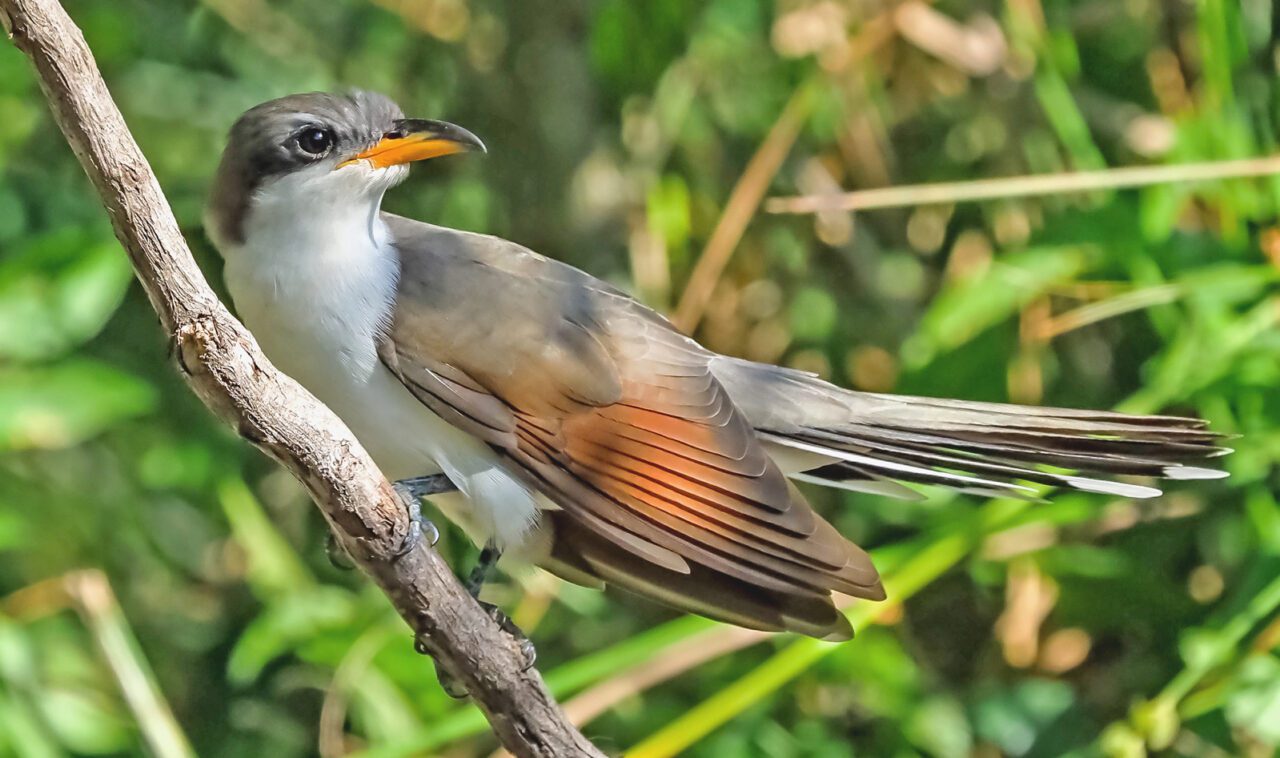
I was heavily imprinted by a mystical grandmother, whose ornithology included rain crows, cat owls, and snowbirds, but also good and bad omen that came with them. It was a different daily reinforcement that taught me to see what nature presented, but then to see beyond it into the unknown, too.
Mending fences and cutting wood with my father wasn’t just hard chore work, but experiential learning on the spot. I learned the birds and the bees, from the birds and the bees. There were other contributing factors; finding Aldo Leopold’s A Sand County Almanac early on turned me towards a poetic sensibility and land ethic that paralleled Thoreau’s ramblings. Mama and Daddy were active in the civil rights movement. Being Black and proud was who we were taught to be. There was nature and there was nurture acting as lift and thrust, carrying me toward a certain inevitability and kinship with those like-minded, with hearts for human rights and wildness.
Those beyond the home place were tailwinds to speed me along. Henry David’s unique ability to blend cause and impact—a keen reverence for nature, wild and human—stuck with me as more than those with blinders on for birds. Yep, John James Audubon and all those men out exerting manifest destiny for birds impacted me. But I quickly came to know Thoreau as a different kind of watcher. One who didn’t need binoculars or a collecting shotgun to appreciate birds. Like him, I prefer the wider field of view to take in full context, rather than the high-powered, myopic, feather-filled one. I sometimes wonder if Thoreau would’ve been a dedicated eBirder? Or kept a strict life list?
There’s a transcendentalist trope; an easy algorithm of, “If Henry David Thoreau, Then Walden Pond.” Curiously, I haven’t ever been able to link any transcendentalists to the foundations of American ornithology. These people loved birds, but they loved humanity too. I’m wondering if maybe these were people whose attention was drawn outward to ultimately inform the inward, who maybe didn’t fit well with the ornithological obsession to see only birds. Yes, Thoreau was a dedicated naturalist and journal keeper, keeping track of species’ seasonal appearances and their ecology, but he seemed less pathologically possessed by it. Full disclosure: I’ve got issues with some birder luminaries whose names don’t bear mentioning here. Check my list of enviable names and you’ll note a lack of founding-father ornithologists/artists/enthusiasts. There was absolute genius in some of their work, but then great moral defects in how they saw the world beyond wings and feathers. Suborning enslavement, looking past Indigenous genocide to covet human remains, encouraging misogyny, and firsthand contributions to the extinction of imperiled birds by continuing to kill and collect in an economy of disappearing species can’t be ignored for whatever genius they possessed. No, I won’t burn my prints and first-edition books, but I’ll see and read them with a deeply informed intent.
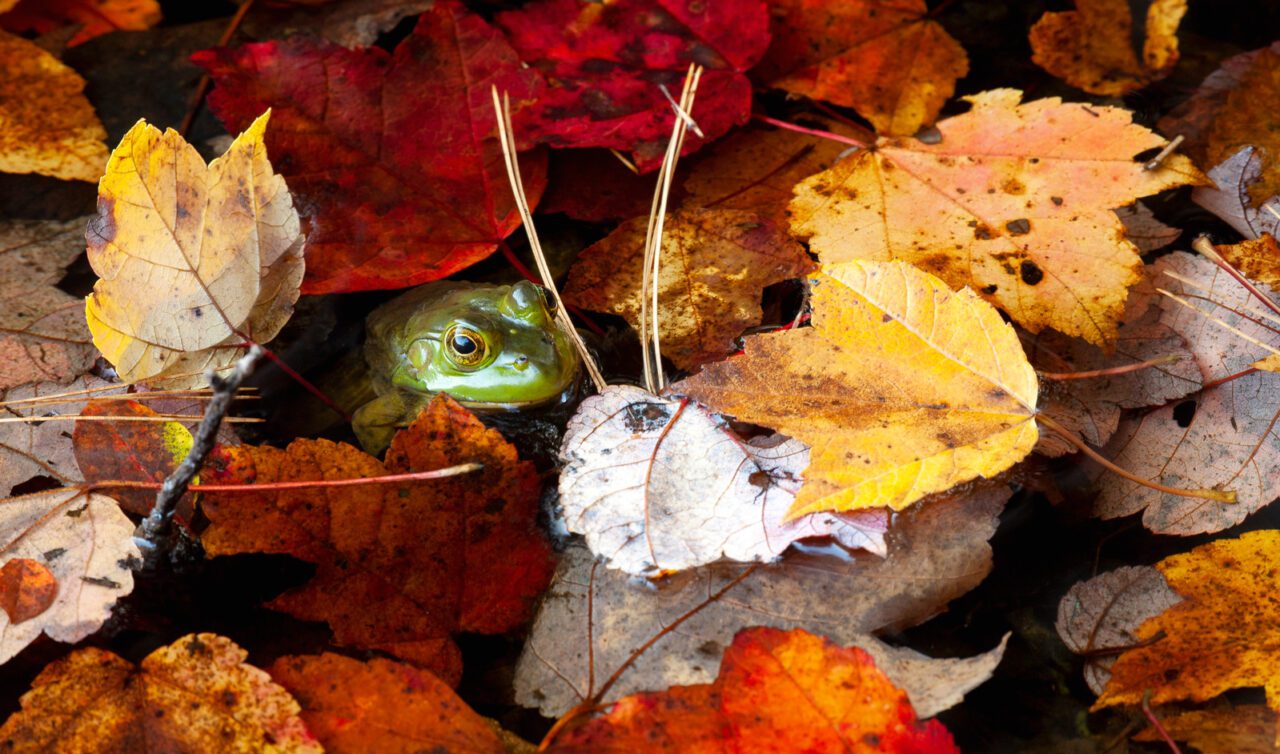
And so I seek the outliers; those humans who kept healthy perspective. Henry David Thoreau is among them.
This past July, I had the fortune to visit Concord, Massachusetts, as the keynote speaker at the Thoreau Society annual meeting. It was a whirlwind three days, but within that short time, I toured a town where I saw more Black Lives Matter flags than Black people. I came to understand that labradoodles are the preferred animal companion of upper-crust Outer Bostonians. The new Brahmin, I suppose. And I visited the Concord Museum, where I toured an exhibition about William Brewster, cofounder of the American Ornithologists’ Union in 1883, and saw the possibilities of collaborating across culture with birds as connective tissues. For his specimen-collecting expeditions in the early 1900s, Brewster hired a Black man, Robert Gilbert, who assisted him in critical ways. The museum exhibition dedicated a tiny corner to him in two rooms of exhibit space.
All of this swirled about as I delivered my keynote from a Unitarian Church pulpit in praise of a birdwatcher unafraid to see beyond birds, to focus on questions of humanity and freedom. I shared from an essay I had written about an imagined correspondence between contemporaries Henry David and John James Audubon, letters back and forth between dead birders in which Henry took Johnny to task for being an enslaver. At the close of my talk, I posed the question of who’d make the better birdwatching partner. I chose the man of the time who would have prioritized my freedom over adding new species to his list.
The whirlwind completed and word delivered, there was but one loose thread dangling on my wanna-do list. A walk around Walden Pond.
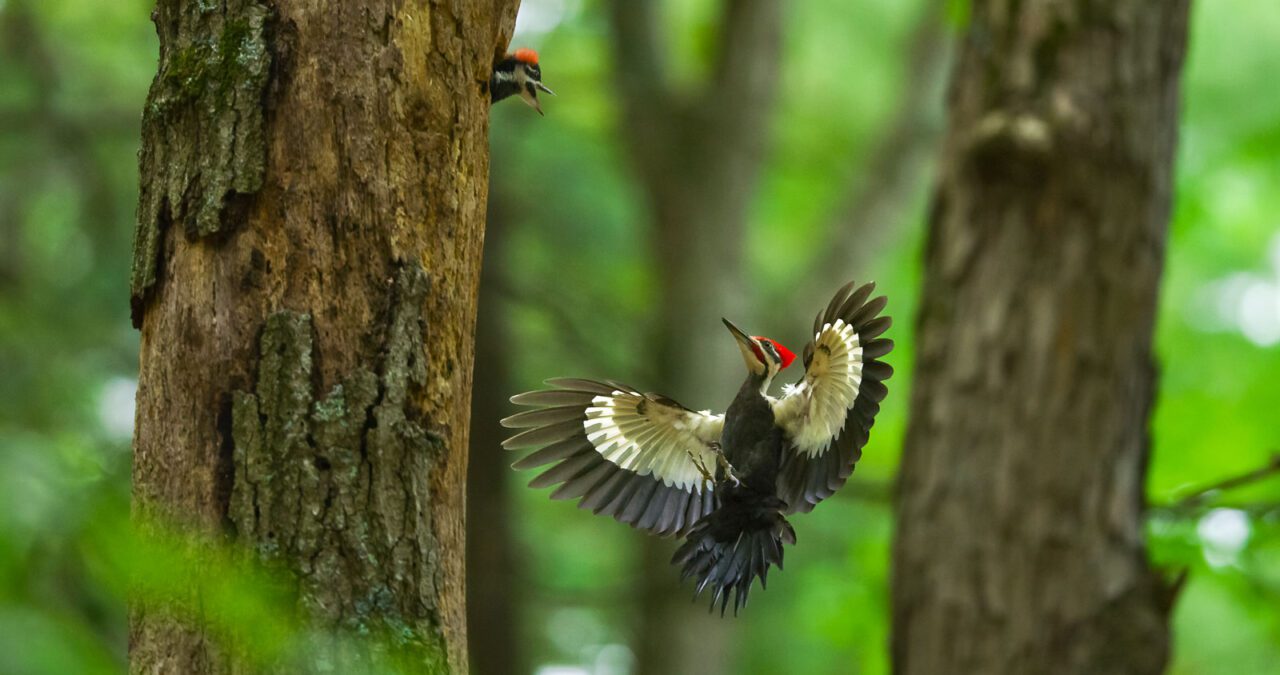
Rochelle Johnson is a professor-writer-poet, just like me. She’s a beloved outlier like Thoreau. She just happens to be a white woman living in Idaho, a state diametrically opposed to my native South Carolina geographically—and also in opposition to my level of comfort. Stepping into ornithological/ecology parlance, Idaho had been a “do not land zone” in my range map model of being. This way of thinking, taking the range maps in every field guide showing where birds are or aren’t, and expanding it to my own life and more expansive human living, helps others see that we, like birds, have demands of existence that determine whether we perish, survive, or thrive. Due to a history of well-known white supremacist homeland claims, Idaho represented, at best, flyover nonstop territory for my well-being. The Southern Poverty Law Center’s hate maps have consistently shown it to be a state riddled with hate, as many other states across this country are. And so I’d resisted landing there for lectures, bird talks, finding Chukars, or any other reason. That was until Rochelle promised safe space and time with engaged students—and a Harpy Eagle. It took months and lots of mental test flights that included a heart-to-heart with Rochelle about my deep trepidation. She understood and left the decision up to me with minimal pressure exerted beyond a sincere belief that a visit would be beneficial for many in Idaho and me, back in South Carolina. Trust grew and fledged in our truth sharing. I flew west to Boise on that faith.
Rochelle kept every promise. The students were deeply engaged, and I gave my first lecture in a mid-campus grove of sycamores with a nesting Cooper’s Hawk eyeing us suspiciously. There were direct, no-holds-barred questions and responses about identity and range mapping between us. I try to speak plainly and without equivocation, as outliers tend to do. I met a group of African students who made a difference in how I saw a once extralimital space. My keynote morphed into a range-mapping confession of fear and trepidation being changed by a friend. A trip to the Anne Frank memorial park and visit to an African American museum shed an unexpected glimmer of tolerance in a place where I believed there was none. On the last day, a visit to The Peregrine Fund’s World Center for Birds of Prey, and an encounter with a male Harpy Eagle, reminded me why I choose this bird as a god. It stared into my primate soul and reminded me, as my grandmother did, that there is often more to what we can’t see or know, than what we can. Time birding the sagebrush canyons, with Western Meadowlarks calling and California Quail scattering, convinced me that Idaho is a place I could return to. Thanks to Rochelle, my range had been expanded.
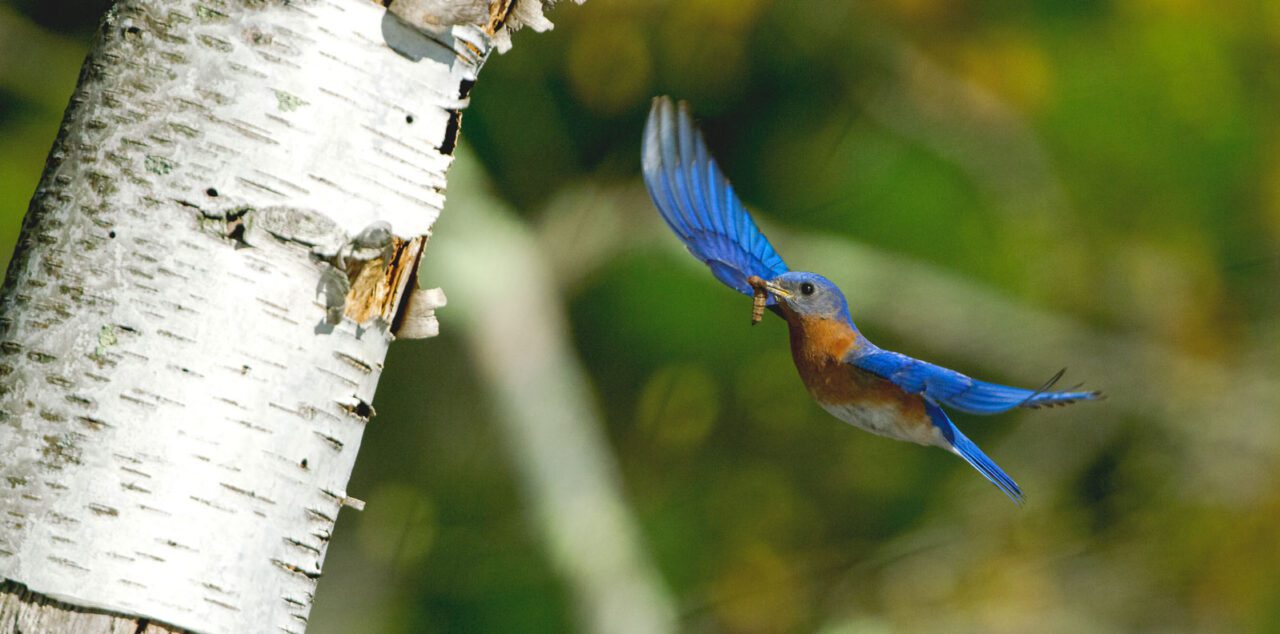
Rochelle and I weren’t done birding together, though. As it turns out she is the president of the Thoreau Society, a not-so-serendipitous coincidence that—as I made my way to Walden last summer—linked this South Carolina ornithologist to a Boise environmental studies professor and a 19th-century Concord naturalist, the metaphorical southeast-to-northwest-to-northeast analogue of a Swallow-tailed Kite, Varied Thrush, and Black-capped Chickadee coming together to connect regions and unite resolve. Time was tight in Massachusetts, and it wasn’t until the end of my last day at Walden Pond that I made the half-mile walk from my Colonial-themed hotel to the Concord Museum. With my binoculars slung prominently, feeling emboldened by all the declarations of my life mattering, it was another test of my range mapping theory. I’d just visited a place where Black Lives Matter banners were rare as Eskimo Curlews. Who would notice me? Would the allegedly “woke” do a double take to confirm the Black man in the streets was actually birding? How long would it take for a police cruiser to do consecutive drive-bys? Concord passed the test. I breathed a little easier in the return to my hotel.
Rochelle and I walked the former land of Brister Freeman, a Black man who’d drifted in and out of enslavement, but loved his land enough to insist on his right to hold it as his own. His property, now overgrown to forest and a part of the Walden Woods complex, spoke to me in ways my own home place once did. We had binoculars, but I don’t think either of us lifted them to look at any birds. The woods around the property were mostly quiet, the traffic noise of nearby roadways dominating the soundscape more than any bird calls or songs. I expected an Ovenbird to at least educate us to the mixed hardwood expectations we hiked through, but they too were silent.
With my own work done, I’d attended the conference’s featured speaker’s talk. Jane Goodall is a luminary and one of those rare “outliers” I needed to hear—and possibly meet. Past her thought-inspiring talk about our responsibilities to nature and one another, there were abundant pant hoot calls from the adoring audience. With secret planning that her celebrity merits, we arranged a meeting at the pond. The initial meeting in a hail of phone photos, was less than intimate. The quasi-paparazzi photo blitz and throngs of noisy park-goers, and the occasional honk of fully suburban Canada geese, all but assured the dissolution of a quiet connection. The light wasn’t good for the photographers and they suggested we move into the nearby woodland’s late afternoon shade.
In the leaf-filtered sunlight, everything changed. Jane and I lamented the crowding and abuse of a place once the model of serenity, or at least the idea of it. The off-trail cyclists and hikers refusing to obey rules spoke to a different and harmful kind of civil disobedience that wouldn’t benefit anyone except the selfish offenders. We walked a few yards into the shelter of eastern deciduous forest, finding a moment alone. Jane leaned in, pointed out with a slim finger over Walden Pond, whispering to me and Thoreau, apologizing for what the place had become. She turned to me for affirmation, and there I was, in the ecological ether somewhere between Jane and Henry.
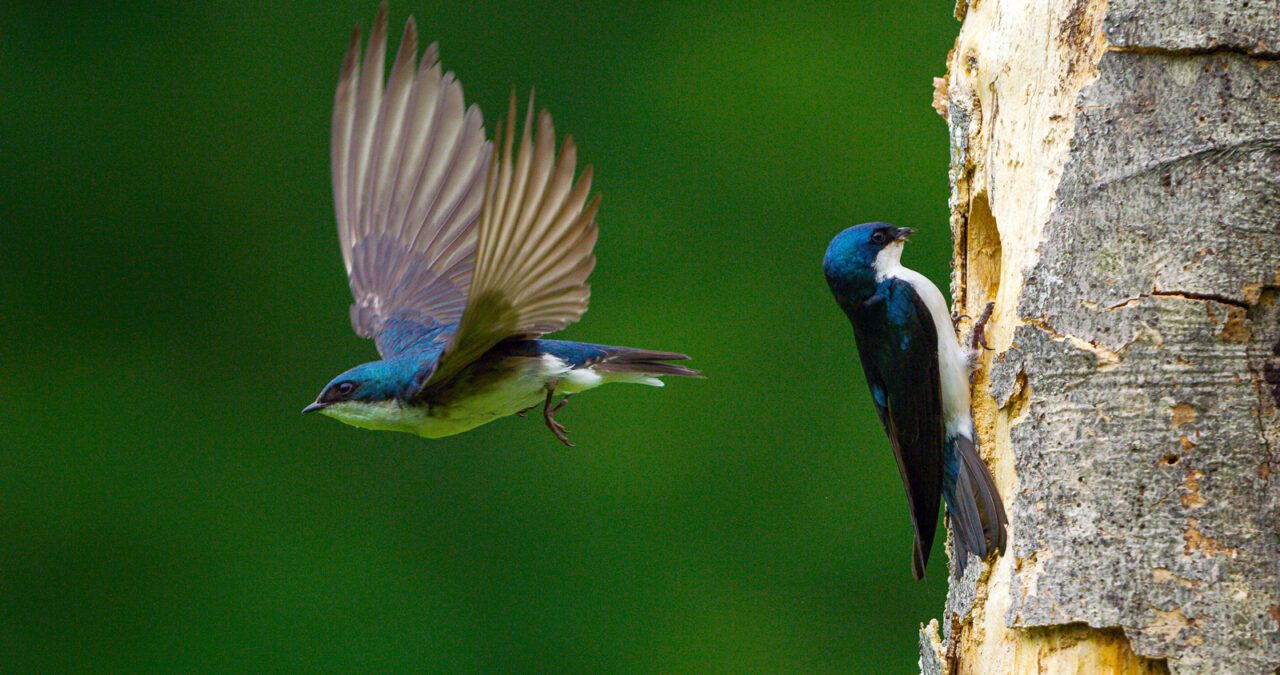
The day slid quickly into evening. With Jane’s departure, Rochelle and I set off to find the cabin site where Thoreau declared his simple living experiment. The northeastern summer was just past peak, or at least it seemed so by the lack of birds. There were a few Tree Swallows matching green backs with the tiring oak and maple leaves on the shoreline.
Crows oared across the expanse but hundreds of feet above the deep cold lake, depths now not as deep or cold because of siltation and climate change. We finally found the cabin site and dozens of stone cairns erected in reverence to a man who would’ve likely lyrically cursed and kicked them all down. It was near dark as a full moon showed itself in the clear sky and on the pond. A Great Blue Heron winged its way to roost. I secretly hoped for a screech-owl whinny or Great Horned Owl’s hoot. None came. Rochelle and I talked a bit of birds as we rounded into the final stretch. Almost another mile until the end. The park manager found us and herded us rapidly toward the now closed gates. I dawdled and took a few phone snaps of the glowing gibbous now lighting the way. Still, no owls.
A Canada Goose honked. I imagined hidden thrushes in all the thickets and shadows we’d passed by. I thought of Thoreau’s ability to identify birds, and his commitment to identifying injustices imparted upon the ancestors, bound by a system he willingly and openly fought against with words and action. I thought about Martin Luther King Jr. on the salt marshes in the South Carolina Lowcountry, where he found space on the edge of wildness to consider how things might be made better. I wonder if King ever wondered on the identity of an Eastern Phoebe waterside or a long-legged wader thigh deep in pluff mud and brackish soup? I know that Thoreau did. I know that I wonder on identity too; for me, those BIPOC like me, and on what we need to do to find sustainable justice. I think on bird identity, too, but these days in ways that don’t just claim name and location by app, but how the plights of birds’ lives intersect with mine; ours. Same air, same water, same soil, same earth, same fate. We are all co-canaries in a darkening noxious coal mine.
I triangulate all of this between Northeast, Southeast, and Northwest. I headed back South the next morning past fear and assumption with expectations met and challenged. Boise’s best bird was my feather god, caged but reaching through to grab my heart. It was the human interaction that meant just as much. The Boise bird god snared my heart with talons. My Walden Pond list is scant at best. I didn’t record it on eBird or on paper, but somewhere deeper in. In the circumnavigation of two places I’d only ever imagined, one untenable and the other at least philosophically open to my Blackness, the same bird- and word-loving friend, Rochelle, helped enlarge my range. I’ll keep a better bird list next time—maybe.

